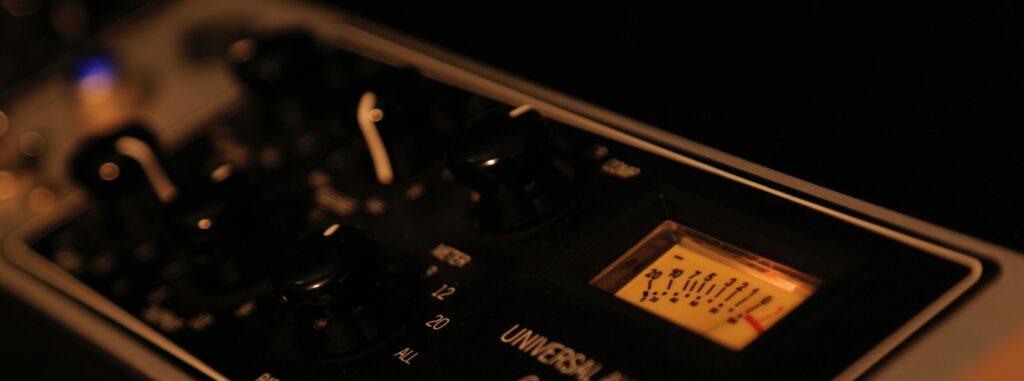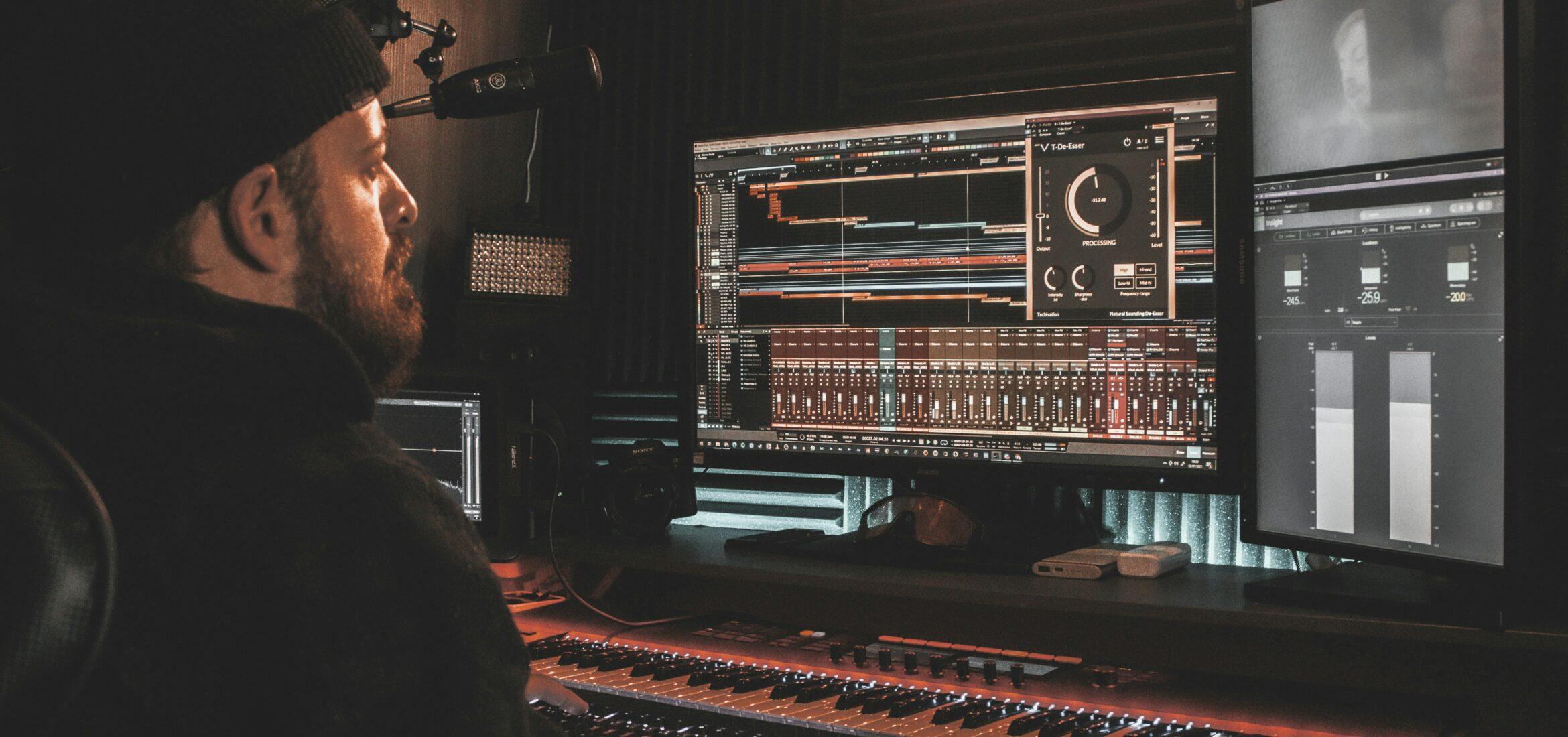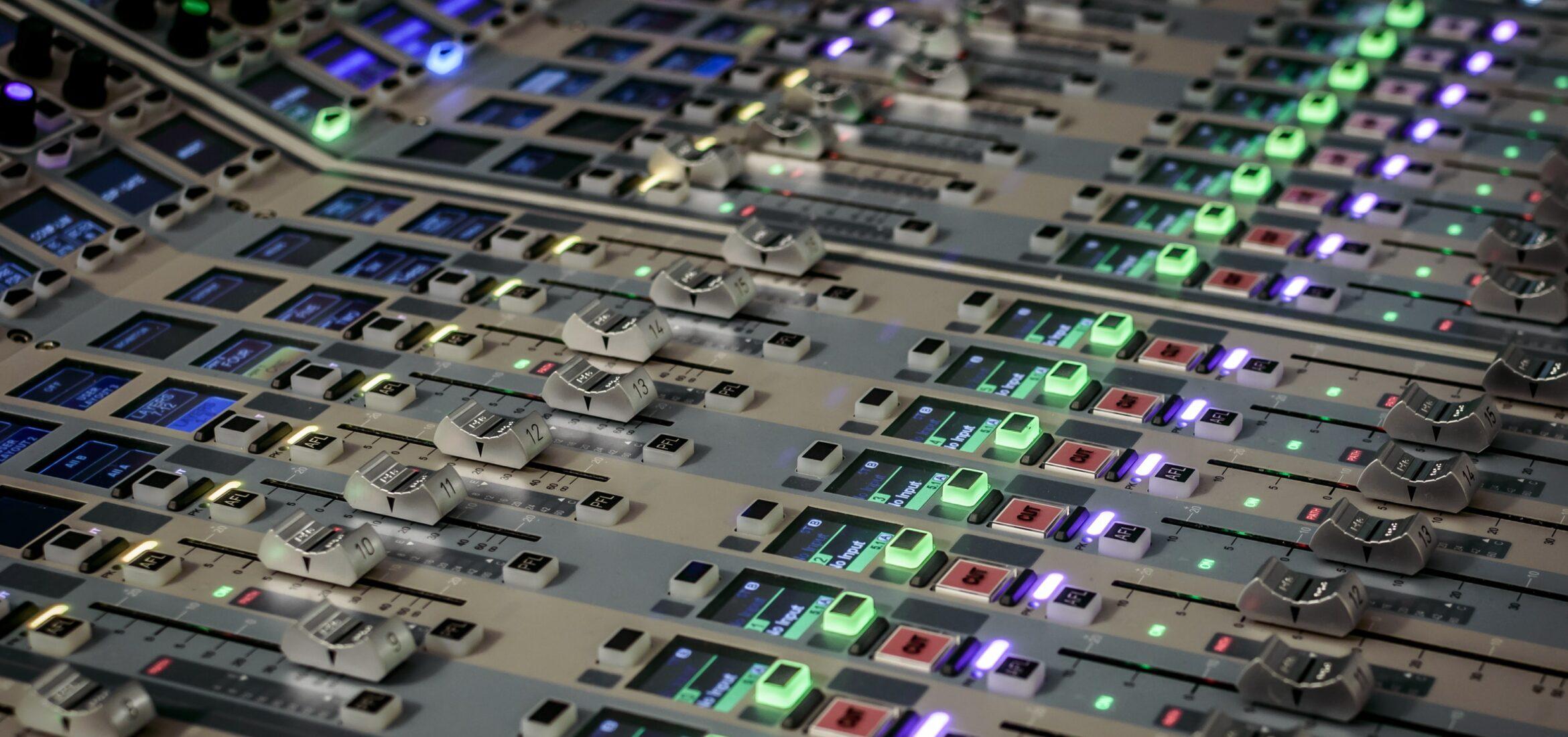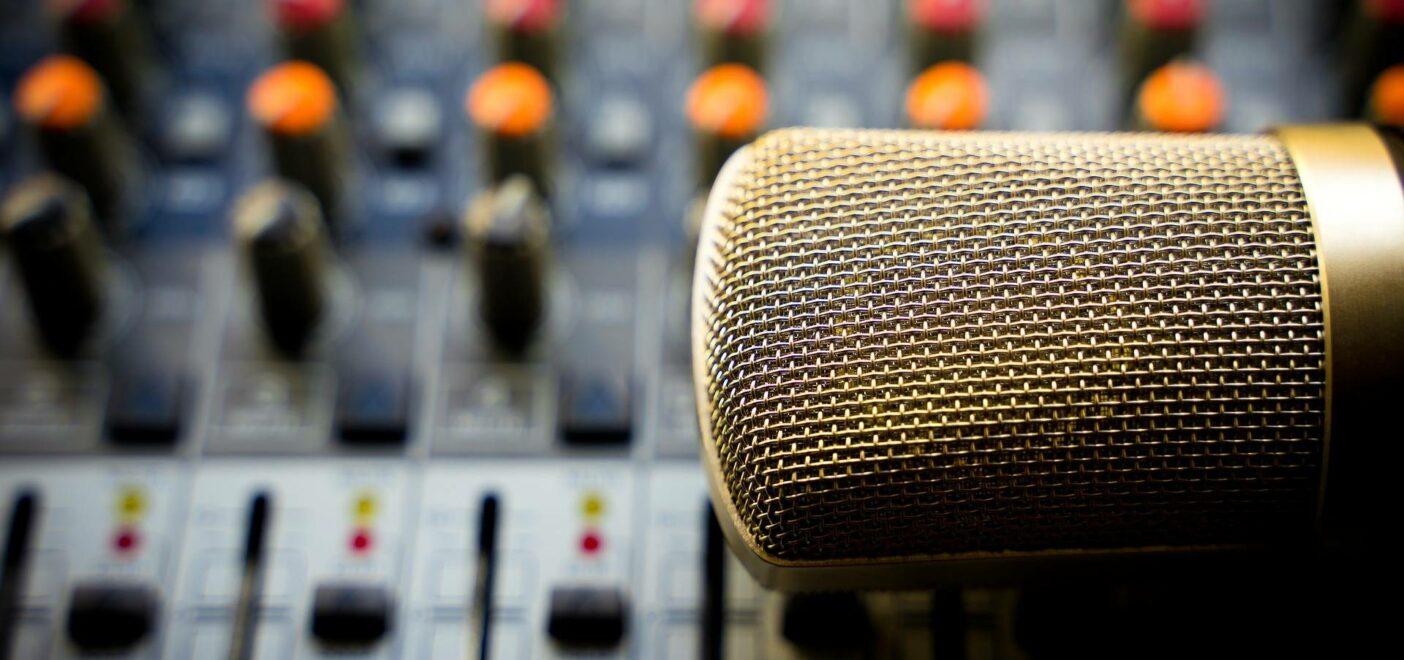There’s one thing in particular that differentiates an inexperienced mixer from a pro: overthinking. Whilst proficient mixers are also prone to second-guessing themselves, they have learned, from experience, to have the self-confidence to make decisions and move on. In this manner, they are able to work quickly and efficiently. If you’d like to get faster at mixing, you could try the top down mixing technique.
Mixers and producers will often obsess over one instrument while forgetting about the sound of the mix as a whole. This degree of hyper-focusing is not healthy and should be corrected by focusing on the overall feel of the mix and by not dwelling on decisions. This is essentially the idea of top-down mixing, which involves mixing from the top to bottom, as the name suggests. In this article, we’ll explore what top down mixing is, why you should use it, and how you should use it.
What Is Top Down Mixing?
The top down mixing technique, also known as backward mixing, is a reverse approach to mixing where you start with the stereo bus and then work your way to your individual tracks. It works by grouping similar sounds and instruments and applying effects to the group as opposed to specific tracks, akin to stem mastering. You start a mix from the master bus and work backward from there, rather than first dealing with the individual mix elements.

What Are the Top Down Mixing Advantages?
One of the key benefits of top-down mixing is that it increases efficiency. This is because it helps you focus on the overall sound instead of dwelling on specific tracks. It’s also an especially efficient workflow because the adjustments applied to the mix and the subgroup buses have the biggest impact on the overall sound. In this manner, you can get your mix to sound cohesive and balanced more quickly.
It should also speed up the process because, by the time you reach the individual tracks, the idea is that there will be less to do. This is because we have already done the processing on the master bus and sub-groups, which has an impact on every element in the mix.
Another reason for applying this approach is that it saves on processing power. By breaking up similar sounds into specific sub-groups and using fewer plugins and effects, you drastically reduce CPU load. We also recommend this grouping of sounds purely because it keeps your song organized. As a final point, top down mixing will allow you to detect interference earlier and you will encounter fewer phase problems since you will have used fewer filters.
What are its drawbacks?
Beware that with this technique, you are actually adding mastering to the mixing process, which can make things more complicated and challenging to handle. For demos and quick productions, this can be a good idea, to speed things up. For professional recordings though, we recommend that you disable the processing and effects on the master channel after you’re finished using the top down technique, and master your track separately. Initially adding processing on the master bus for the top down technique allowed you to mix and master your song holistically. However, you’ll want to remove it to prepare your track for mastering.
How To Effectively Use Top-Down Mixing
Now you know what top-down mixing is, its advantages, and its downsides. Let’s explore how we can apply this alternative workflow effectively, in 4 simple steps:
1. Balancing the mix
Before getting into any processing, you’ll want to ensure that all the elements in your song are roughly balanced. That is, you should adjust the volume faders and pan knobs. This will allow you to make much better decisions when processing your buses. You should also be wary of clipping and headroom.
2. Master bus
Next, you can focus on the master channel. Here, we are looking to work holistically with the sound of the full mix. You’ll want to kick off your mixing with at least an EQ and an audio limiter. There’s a high chance you’ll also need to use a compressor to glue everything together. Use the equalizer to raise and lower frequency ranges. It’s worth noting that you should mix with your ears, not your eyes. That said, you can use a LUFS metering system to help you out — just don’t rely too heavily on it.

3. Groups
Once you’ve dealt with the master bus, start grouping elements in your track. You can group them in any way you please but they are typically grouped by instrument or tonal range (e.g. drums, guitar, bass, strings, etc). You will then process each of these groups. Here we will require an EQ and potentially a compressor. To learn more about compression, check out our article on bus compression. Finally, you should make sure you listen to the track with and without the processing so you can get a before and after. This will help you to determine whether your mixing was effective.
4. Individual Tracks
Hopefully, by the time you’ve reached individual tracks, there should be less work to do. At this stage, it’s mostly fine-tuning. For instance, you might want to apply some subtractive EQ and a compressor to audio tracks. Remember to also compare the new outcome with the original, to ensure your single-track processing is contributing positively to the overall song. We can subsequently add effects, once we have coordinated all the channels in our mix. For example, if necessary, use reverb, phasers, delay, distortion, automation, etc. However, remember not to get carried away here. Only some tracks should need special attention.
Conclusion
The top down technique is an intriguing approach to mixing, which helps some people work efficiently and effectively. It will be especially useful for those of you who tend to dwell on decisions and struggle to move on. Or for those of you who want to try something new as a one-off to inspire new ideas and develop yourself as a mixer. Attempting new techniques will almost always develop your mixing skills and make you a better mixer, even if you don’t necessarily use those techniques again.
It’s also worth noting that the top down approach works better for some genres than others. For instance, a lot of synth-based tracks depend on sound design elements and require very specific processing on each of the tracks. On the other hand, jazz, rock, and country, will benefit greatly from this technique.
A final thing to bear in mind is that if you make a mistake on the master bus or group lanes, then the lower layers will be affected as well. This is obviously a major downfall of this method. However, you can avoid this by being aware of the common mixing mistakes you need to avoid.
À propos de l'auteur

Joe Curtis
Spécialiste du marketing numérique et rédacteur de contenuJoe Curtis est un spécialiste du marketing numérique passionné originaire du Royaume-Uni. Depuis qu'il travaille sur MasteringBOX, il a créé un contenu étonnant sur la production audio et musicale.
Commentaires
Bravo mais comment faire pour lire tout cela en Français ?
Laisse un commentaire
Connecte-toi pour commenter.


